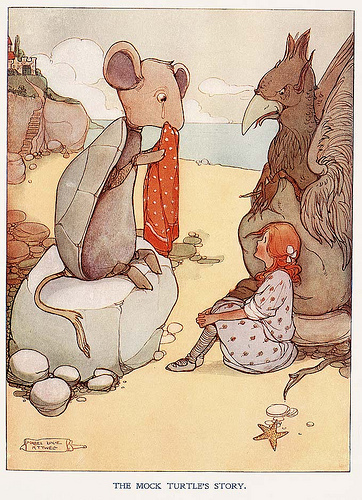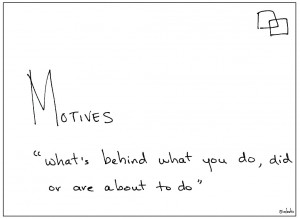Age and gender classifications have changed through history, yet they remain relevant in many social situations. They are used by organizations in all walks of life, and they are part and parcel of the identities that we invoke and attribute in daily interactions.
 |
| Adventure Time Princess Maker |
- Guest Editor: Laura Grunberg, University of Bucharest
- Deadline for manuscript submission: December 20th, 2015
- Send manuscripts at: compaso@compaso.eu
Taking notice of both their persistent relevance and the significant changes in age- and gender-specific expectations, we invite contributors to examine how these powerful classifications are put to use through media (advertisements, textbooks, films, games, etc) and things – toys, clothing, tools, and other material arrangements.Some questions that might guide reflection include the following, without being limited to them:
- How do people ‘do gender’ (West & Zimmerman, 1987) and ‘act their age’ (Laz, 1998) in various situations?
- What is the symbolic and material equipment that people use to display their gender and age-grade affiliation in a variety of communication situations (Goffman, 1979)?
- How are gender and age done and un-done (Deutsch, 2007) in social interaction?
- What is the role of specific media – from school textbooks to films, advertisements and video games (Williams, Martins, Consalvo, & Ivory, 2009) – in reproducing and recreating gender and age classifications and resources for their display?
- In particular, what is the role of social and human disciplines in shaping these classifications? How do current threads of research affirm or dispute the importance of these distinctions and their sources – for example in evolutionary psychology, gerontology, or history?
- In particular, how do empirical age- and gender-difference studies work to re-construct these classifications?
- How do specific scientific methods – such as the experiment, document analysis, interview, or the focus group – deal with these distinctions and possibly contribute to their re-creation?
- Which are lay psychological theories of gender and age invoked in different situations, and to what effects? (Gubrium & Wallace, 1990)
- What are the similarities and differences between these two social classifications, in different social situations?
- How does information technology, in its many guises, contributes to shaping and re-shaping age and gender? (Oudshoorn, Rommes, & Stienstra, 2004)
References
Deutsch, F. M. (2007). Undoing Gender. Gender & Society, 21(1), 106–127.
Goffman, E. (1979). Gender Advertisements. Harper & Row.
Gubrium, J. F., & Wallace, J. B. (1990). Who Theorises Age? Ageing and Society, 10, 131–149.
Laz, C. (1998). Act Your Age. Sociological Forum, 13(1), 85–113.
Oudshoorn, N., Rommes, E., & Stienstra, M. (2004). Configuring the User as Everybody: Gender and Design Cultures in Information and Communication Technologies. Science, Technology, & Human Values, 29(1), 30–63.
West, C., & Zimmerman, D. H. (1987). Doing Gender. Gender & Society, 1(2), 125–151.
Williams, D., Martins, N., Consalvo, M., & Ivory, J. D. (2009). The virtual census: representations of gender, race and age in video games. New Media & Society, 11(5), 815–834.


